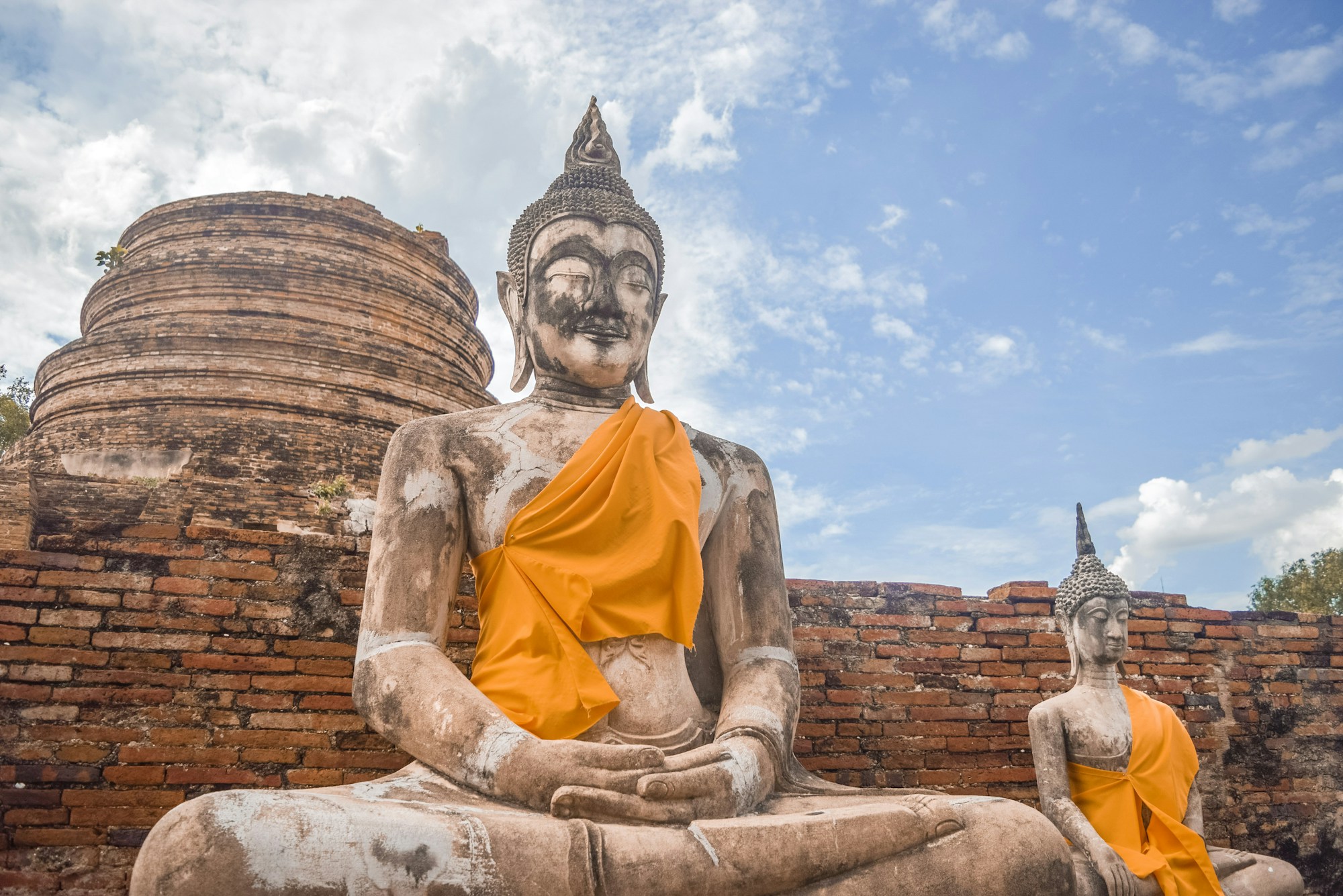Koh Phra Thong Travel Guide: Discover Natural Beauty
Explore the enchanting natural beauty of Koh Phra Thong with our travel guide. Unlock hidden gems and pristine landscapes.

Koh Phra Thong Travel Guide: Discover Natural Beauty
Welcome to the stunning island of Koh Phra Thong, a hidden gem in the Andaman Sea off the coast of Thailand. Known for its untouched natural beauty, Koh Phra Thong offers a serene and peaceful escape for nature lovers and adventurers alike.
History and Background
Koh Phra Thong has a rich history dating back centuries, with evidence of ancient settlements and maritime trade routes. The island was once a thriving center for tin mining, and remnants of this industry can still be seen today. In recent years, Koh Phra Thong has emerged as an ecotourism destination, attracting visitors who seek to experience its unspoiled landscapes and diverse wildlife.
Cultural Practices
- The local community on Koh Phra Thong follows traditional Thai customs and practices, emphasizing respect for nature and the environment.
- Fishing is a significant part of the island's culture, with many locals relying on the sea for their livelihood.
- Visitors are encouraged to support the local economy by purchasing handmade crafts and goods from the island's artisans.
Festivals and Events
One of the most vibrant celebrations on Koh Phra Thong is the annual Loy Krathong festival, where locals and visitors release beautifully decorated floats into the sea as an offering to the water spirits. This festival showcases the island's strong connection to the natural world and is a sight to behold.
Local Anecdotes and Interesting Facts
Legend has it that Koh Phra Thong was named after a golden Buddha statue that was once enshrined on the island. While the statue is no longer there, its presence is said to have blessed the land with abundance and prosperity.
The island is home to a unique community of Moken sea gypsies, known for their seafaring skills and deep knowledge of the ocean. Visitors to Koh Phra Thong can learn about their traditional way of life and the importance of preserving marine ecosystems.
